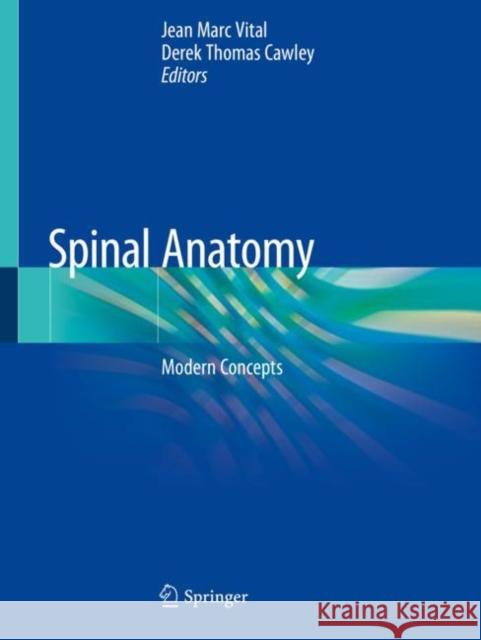Spinal Anatomy: Modern Concepts » książka
topmenu
Spinal Anatomy: Modern Concepts
ISBN-13: 9783030209278 / Angielski / Miękka / 2021 / 520 str.
Spinal Anatomy: Modern Concepts
ISBN-13: 9783030209278 / Angielski / Miękka / 2021 / 520 str.
cena 524,53
(netto: 499,55 VAT: 5%)
Najniższa cena z 30 dni: 501,19
(netto: 499,55 VAT: 5%)
Najniższa cena z 30 dni: 501,19
Termin realizacji zamówienia:
ok. 22 dni roboczych
Bez gwarancji dostawy przed świętami
ok. 22 dni roboczych
Bez gwarancji dostawy przed świętami
Darmowa dostawa!
Kategorie BISAC:
Wydawca:
Springer
Język:
Angielski
ISBN-13:
9783030209278
Rok wydania:
2021
Wydanie:
2020
Ilość stron:
520
Oprawa:
Miękka
Wolumenów:
01











